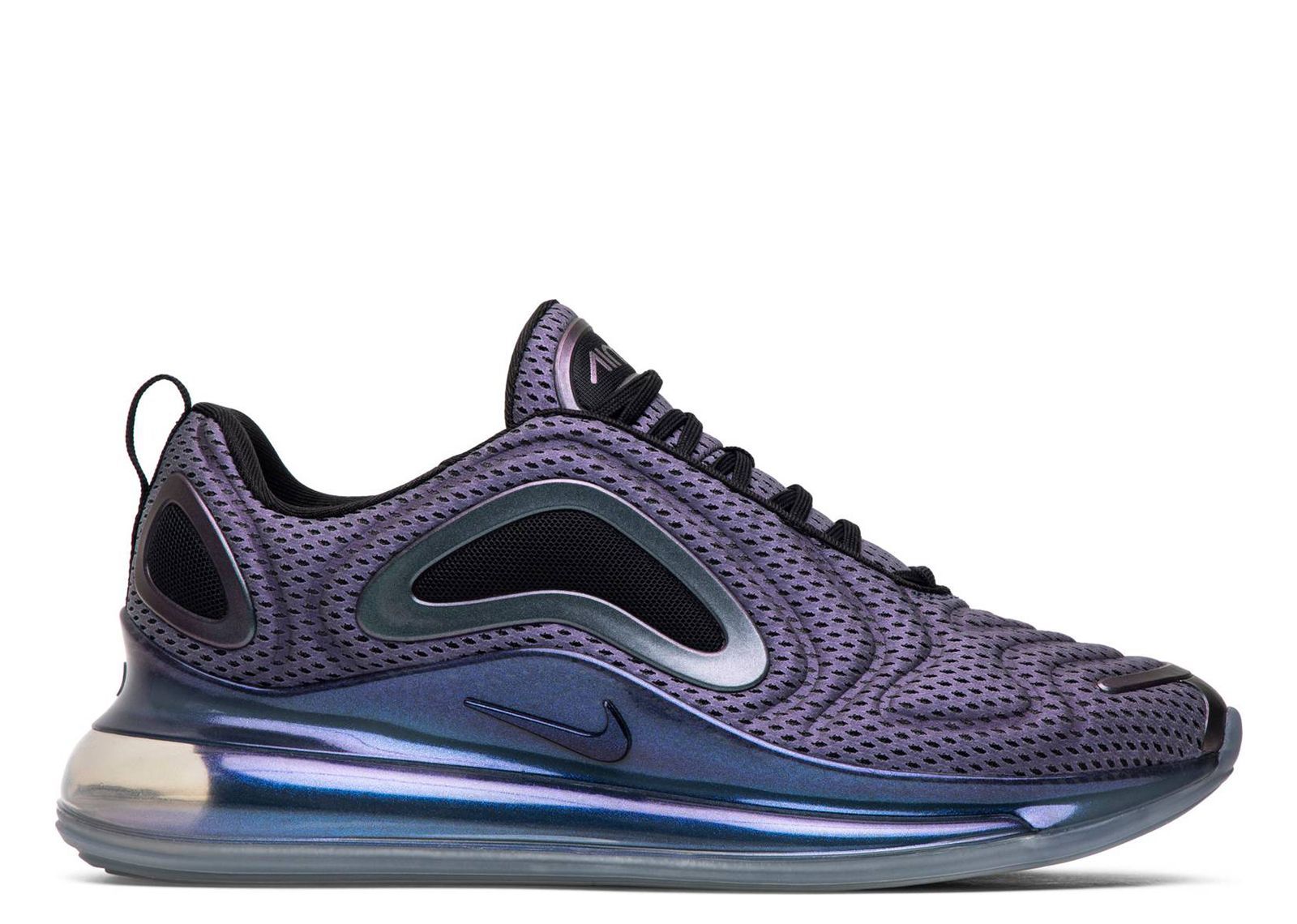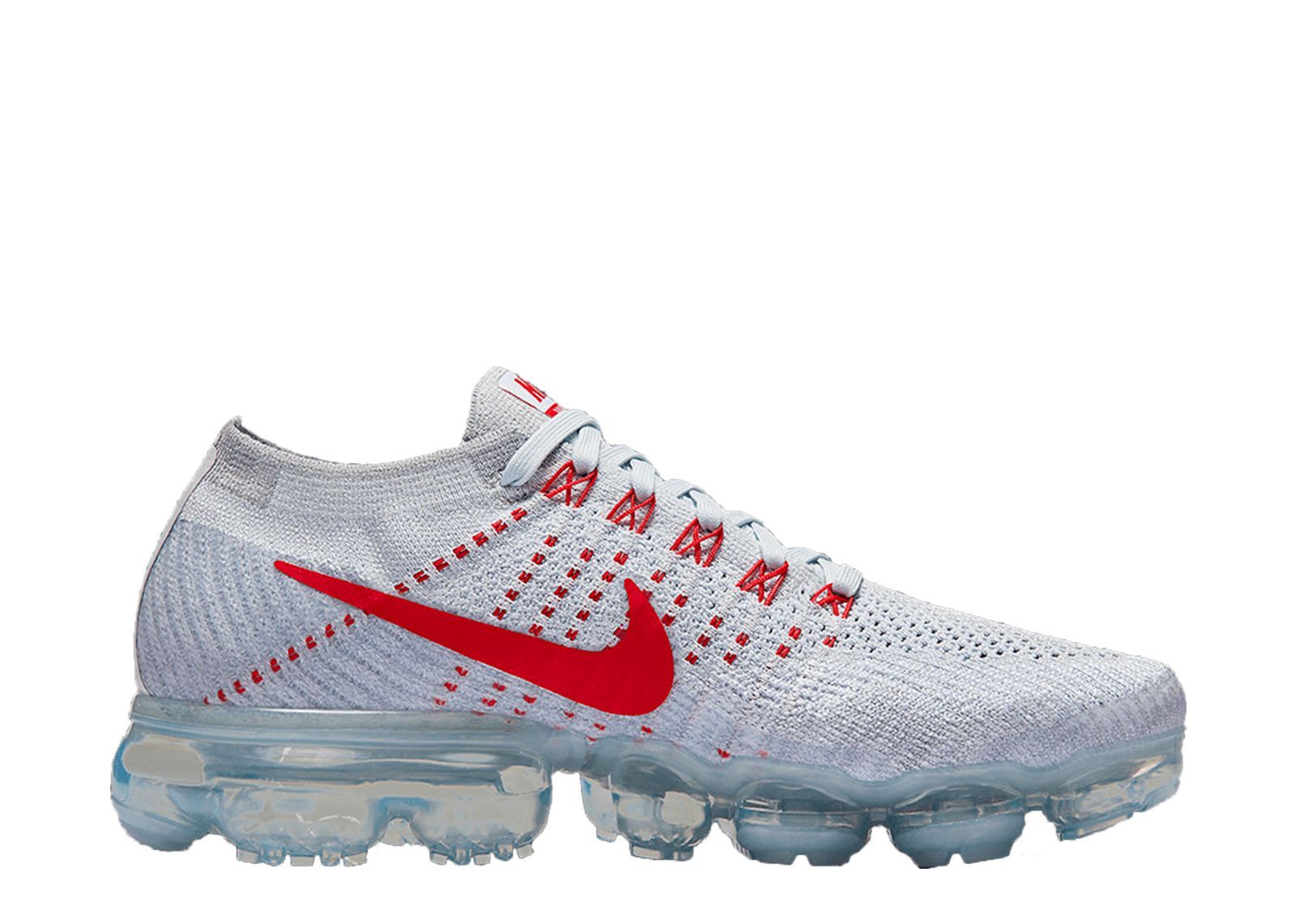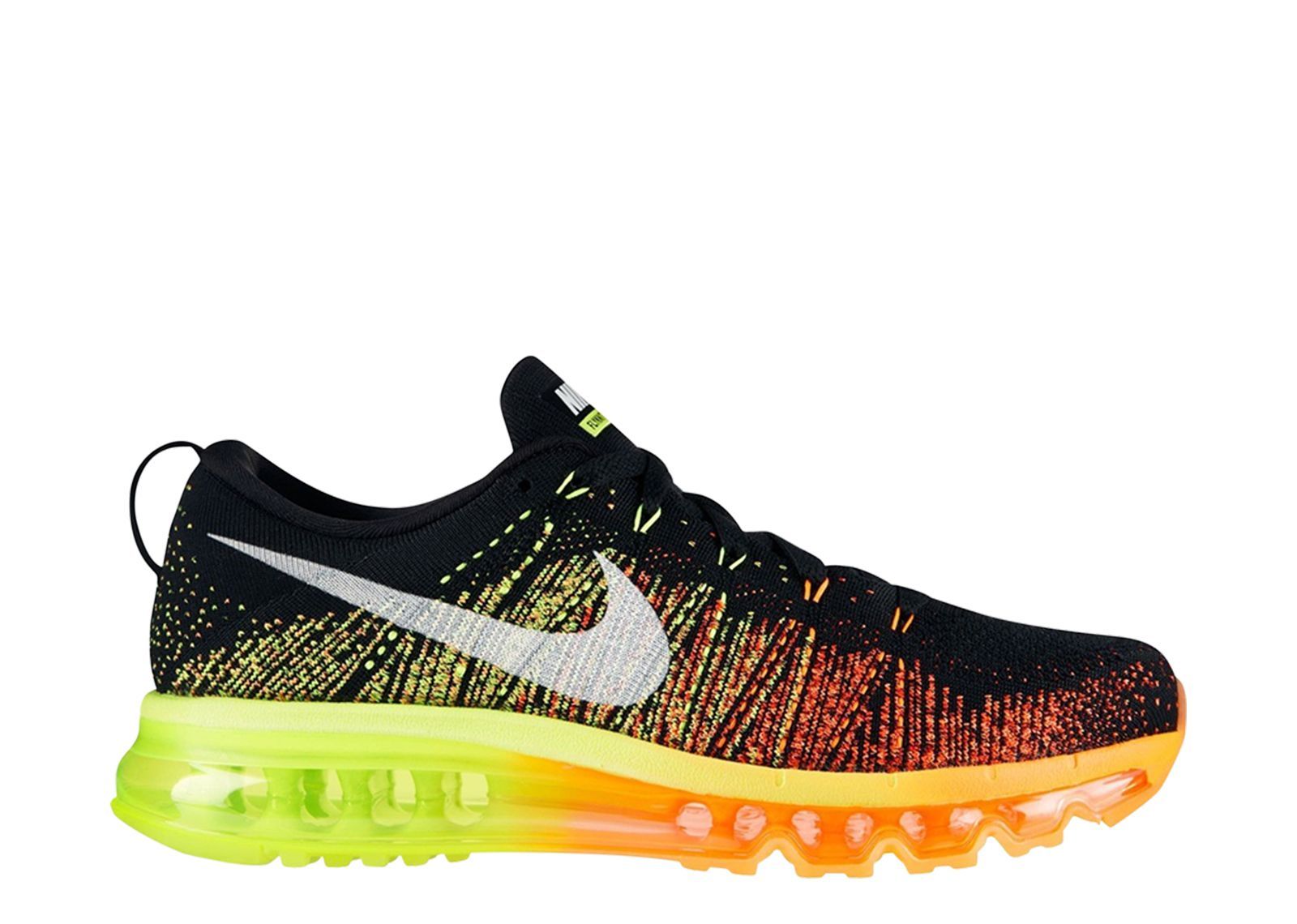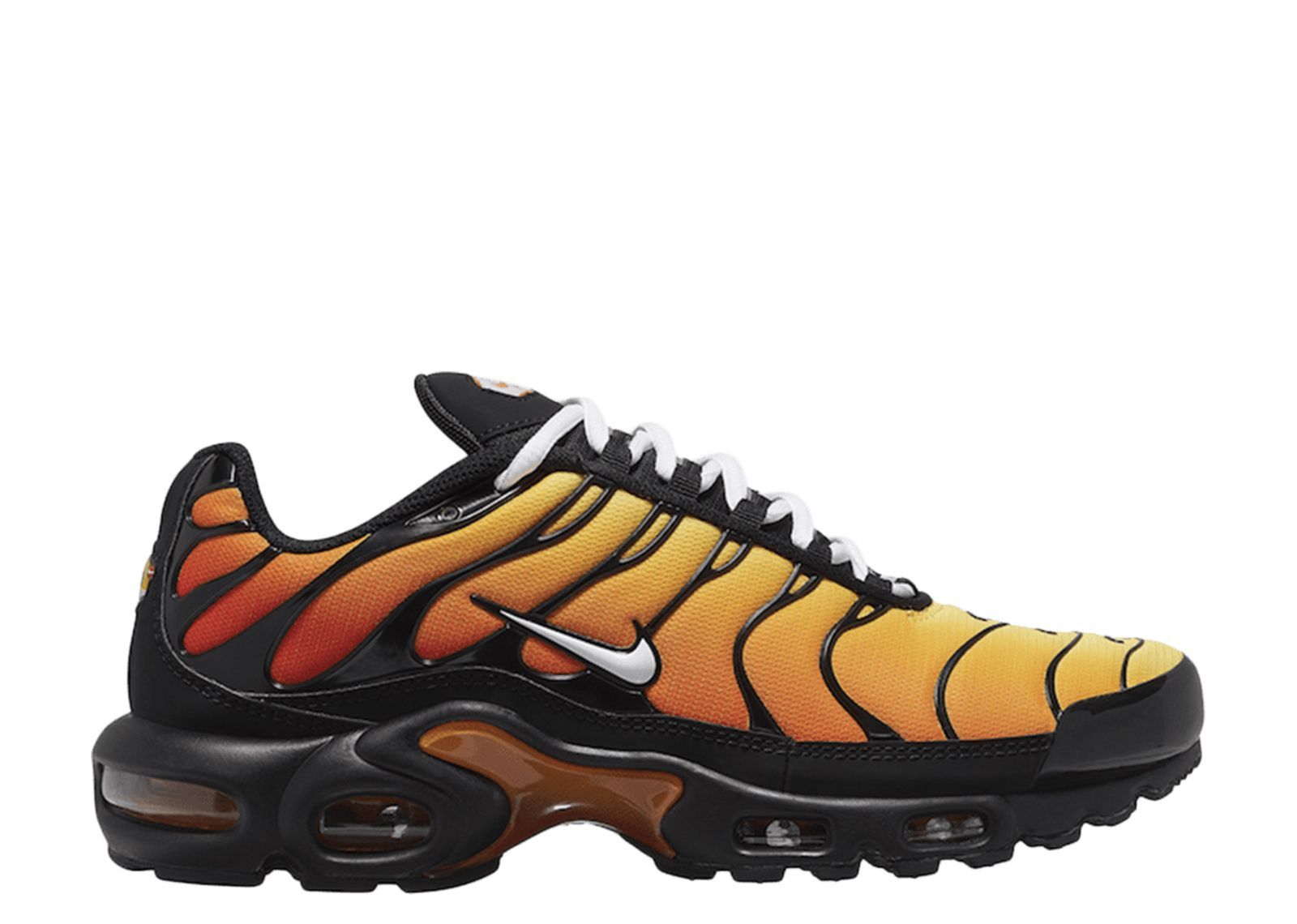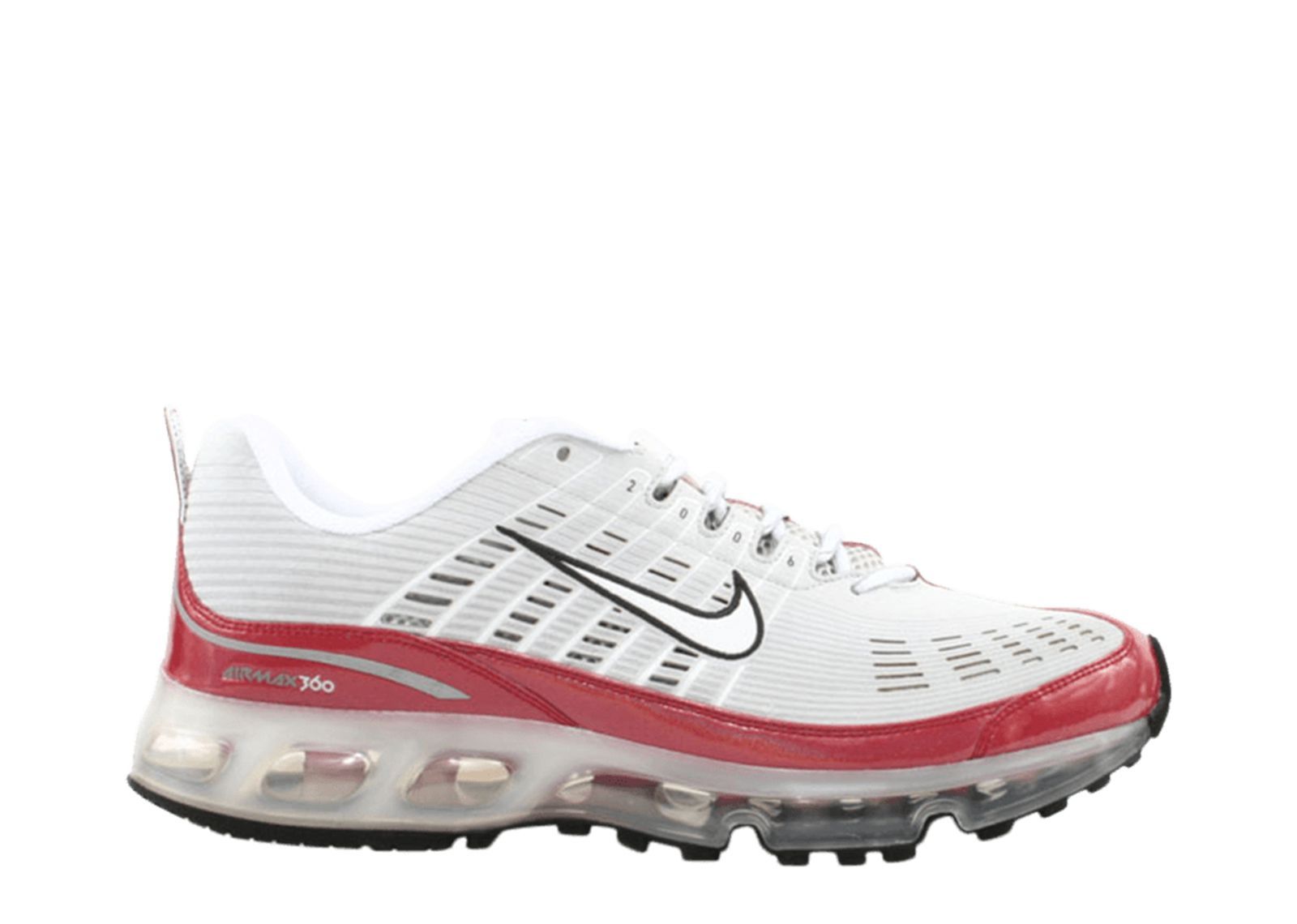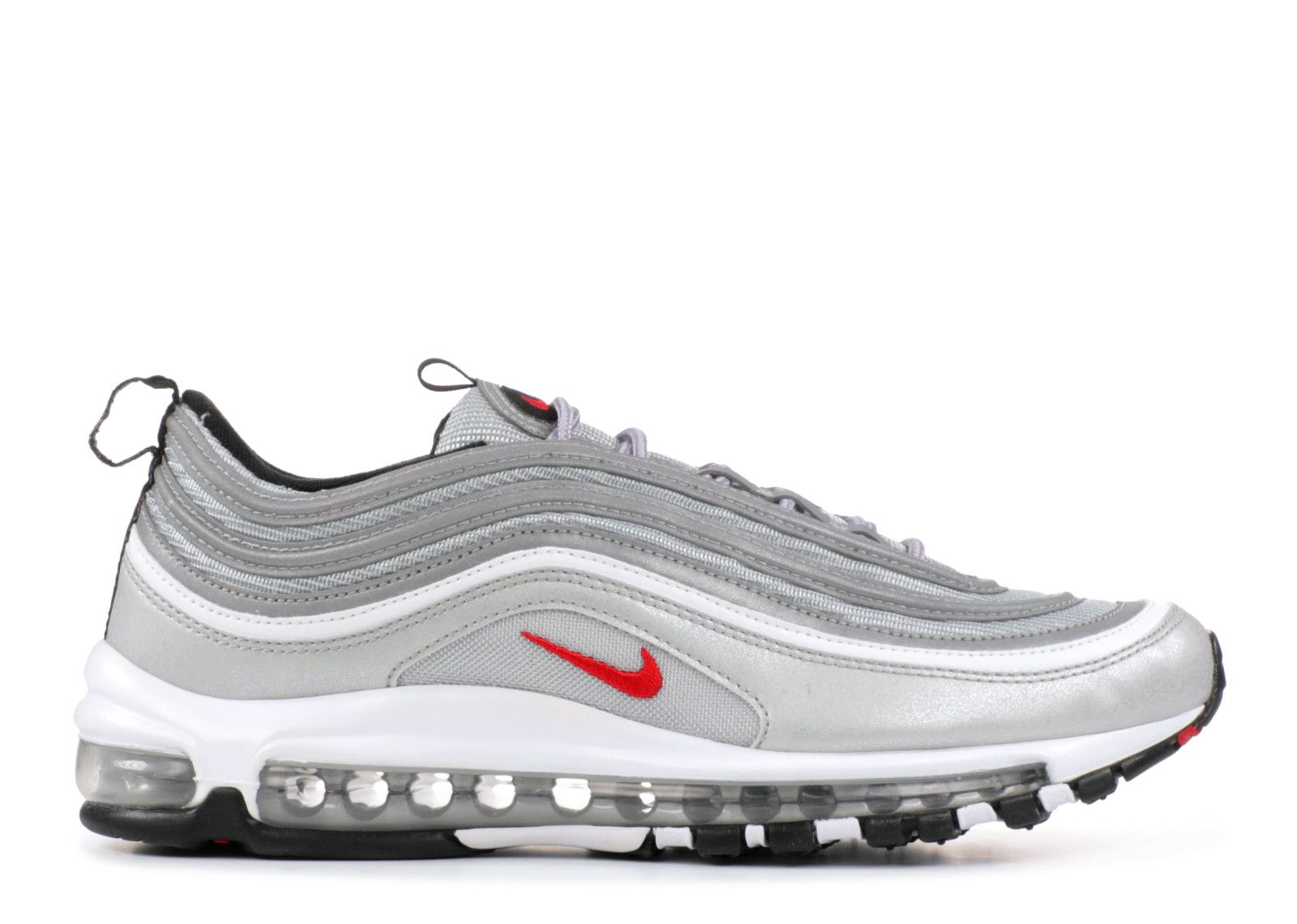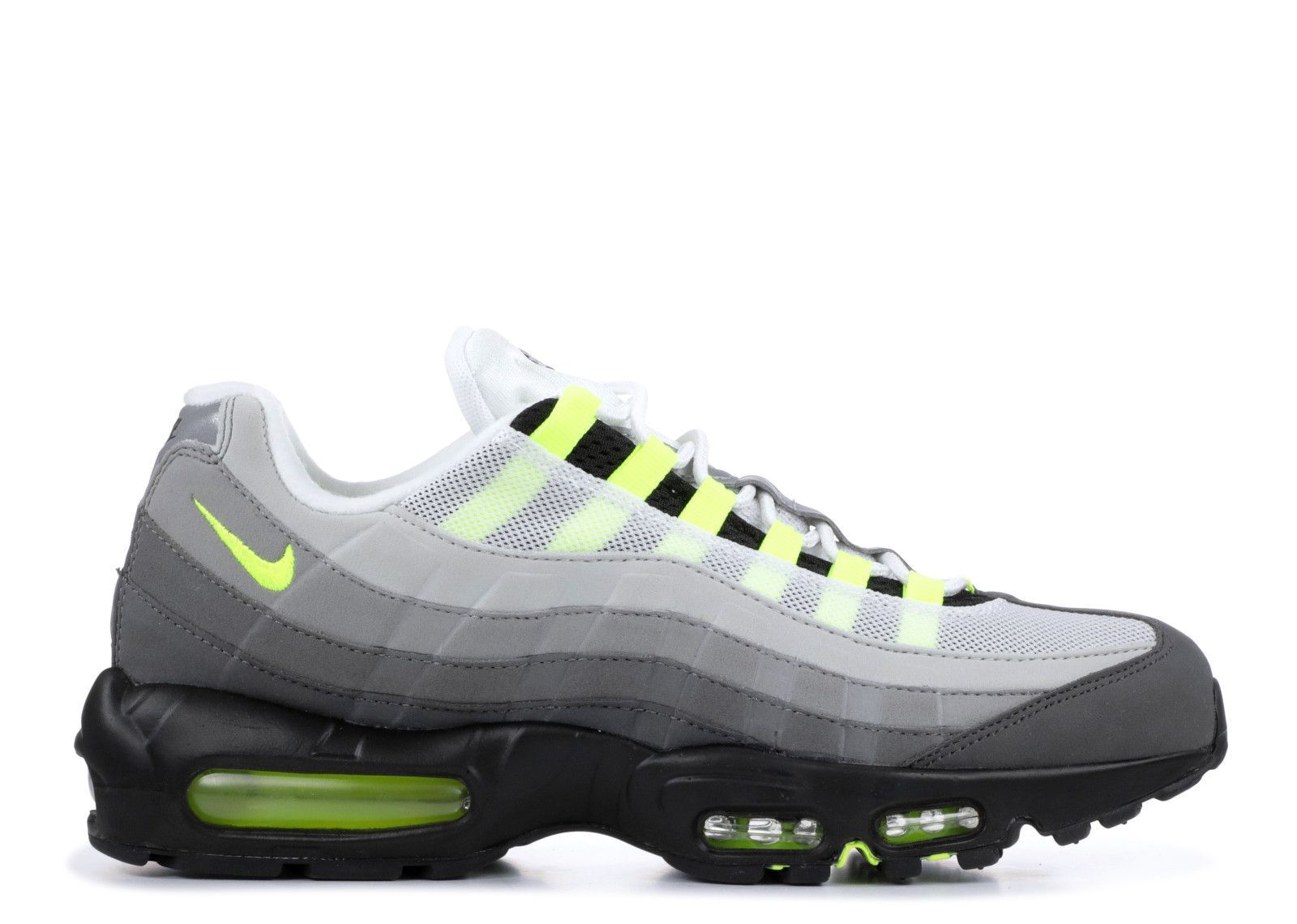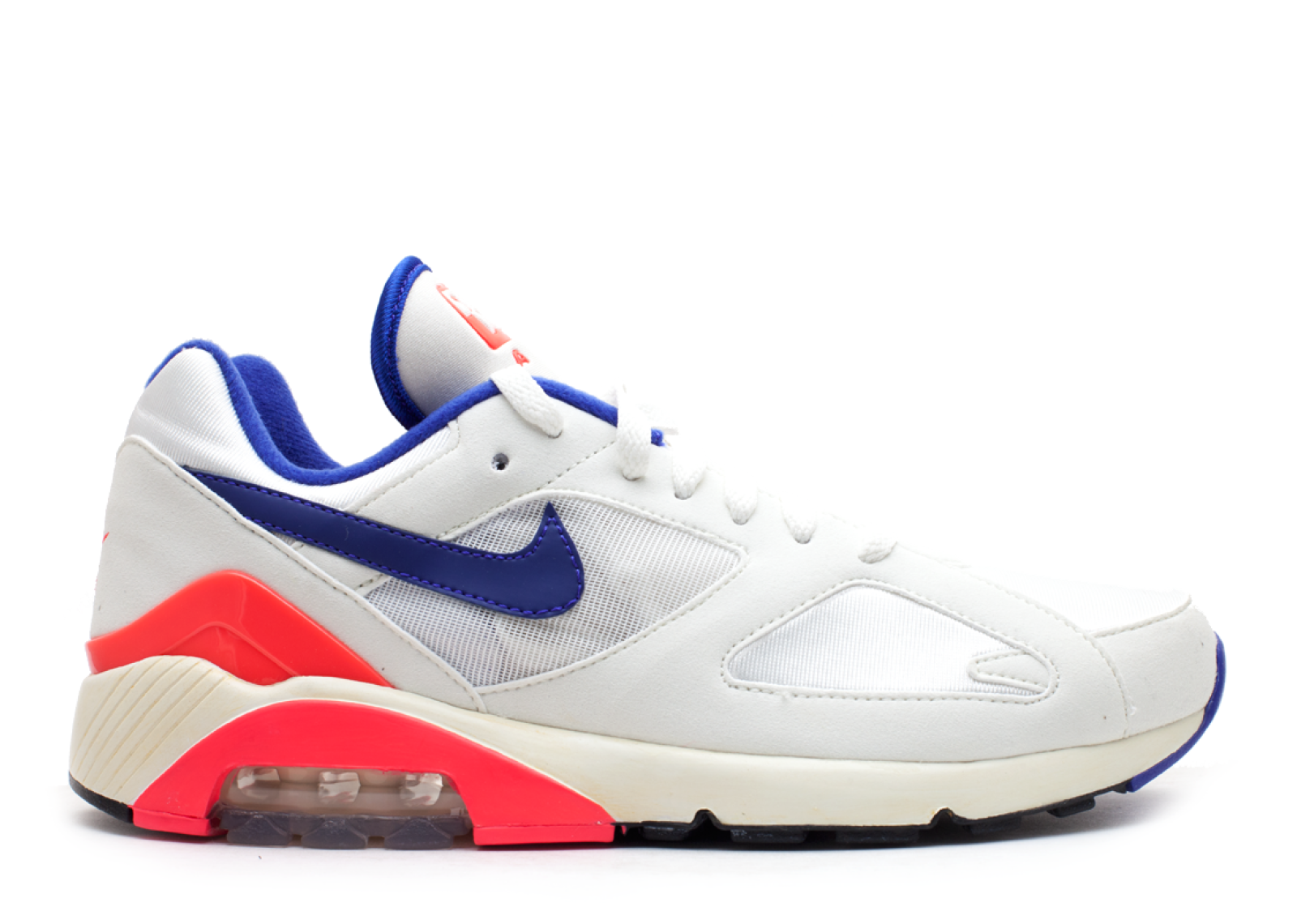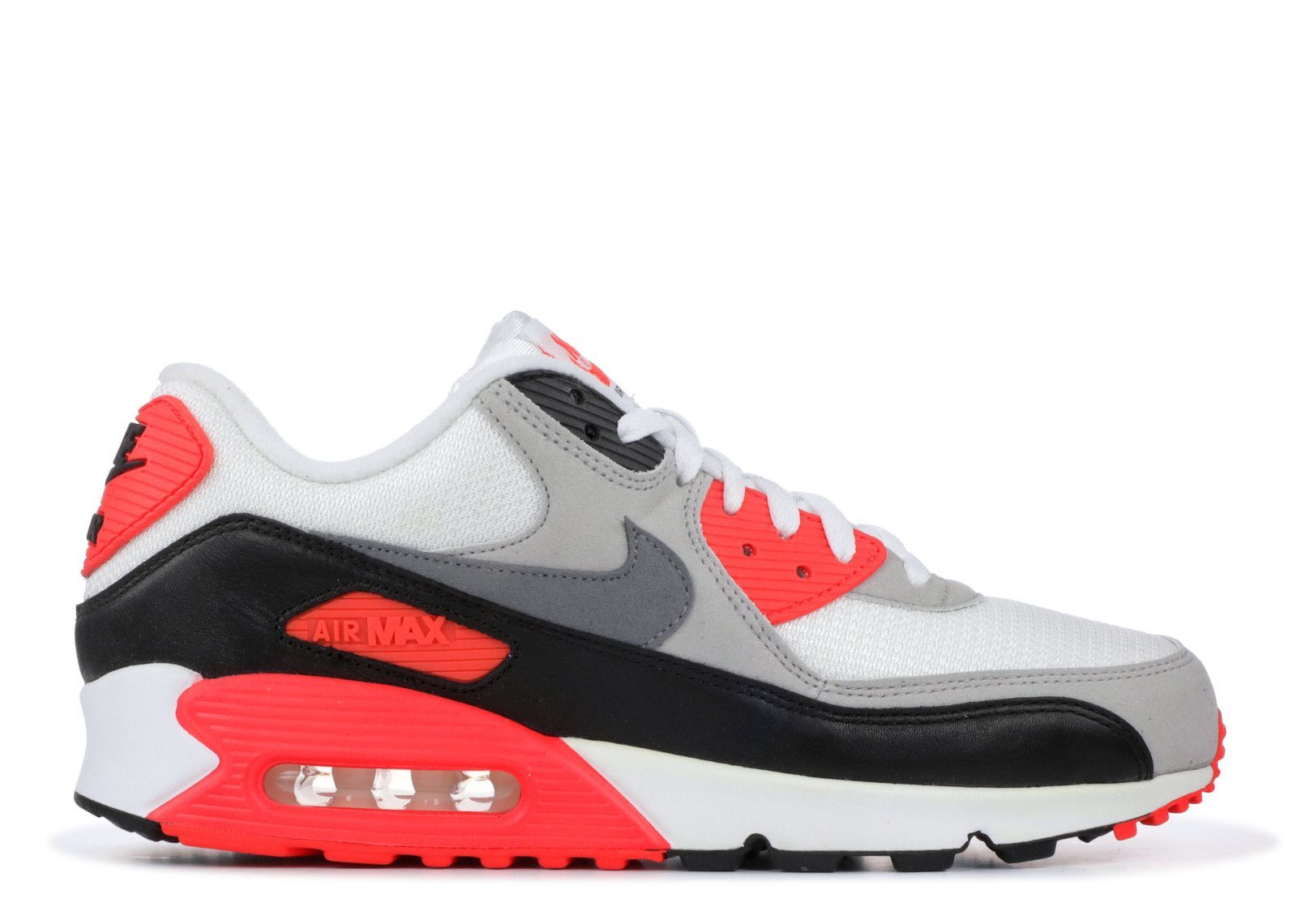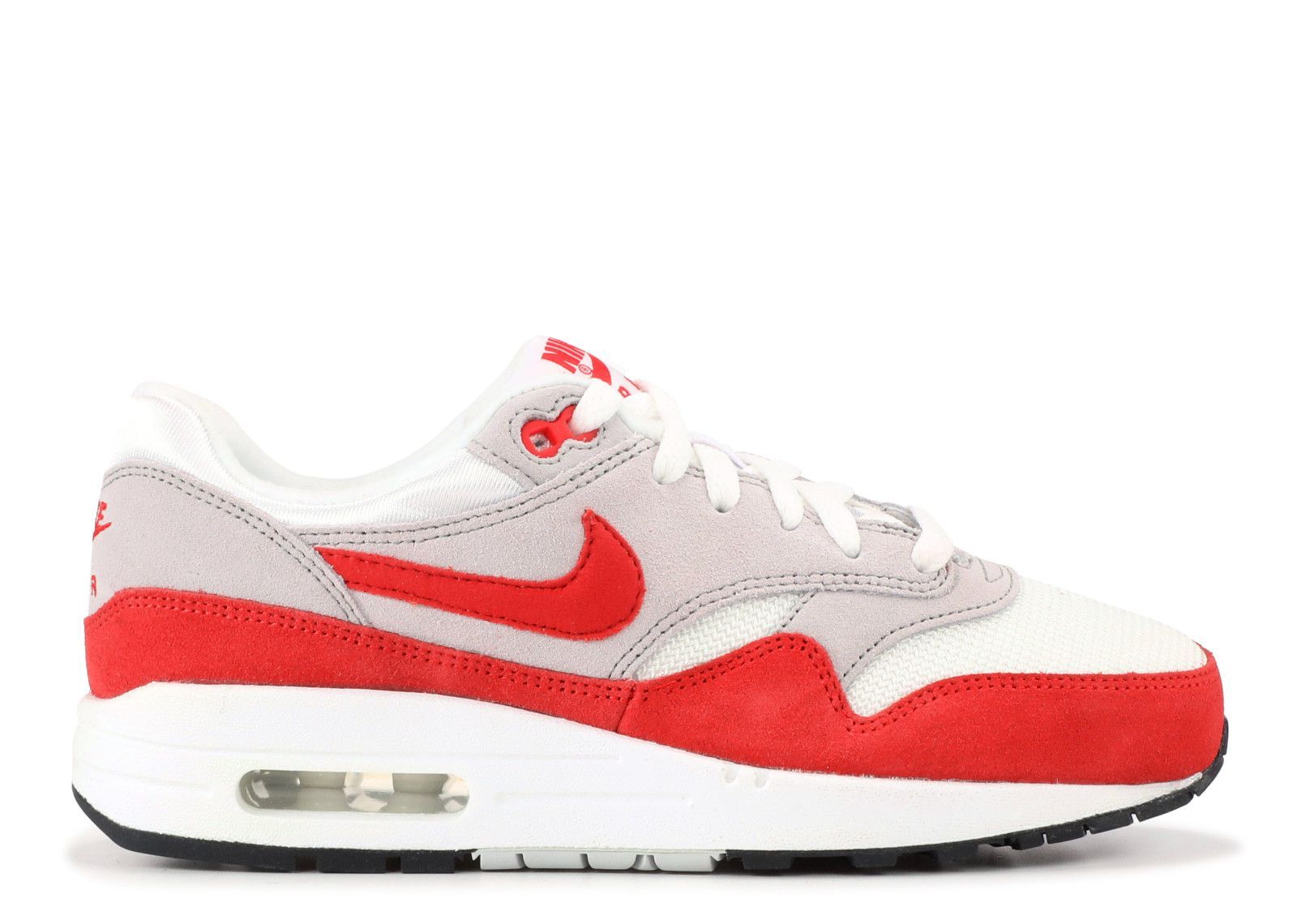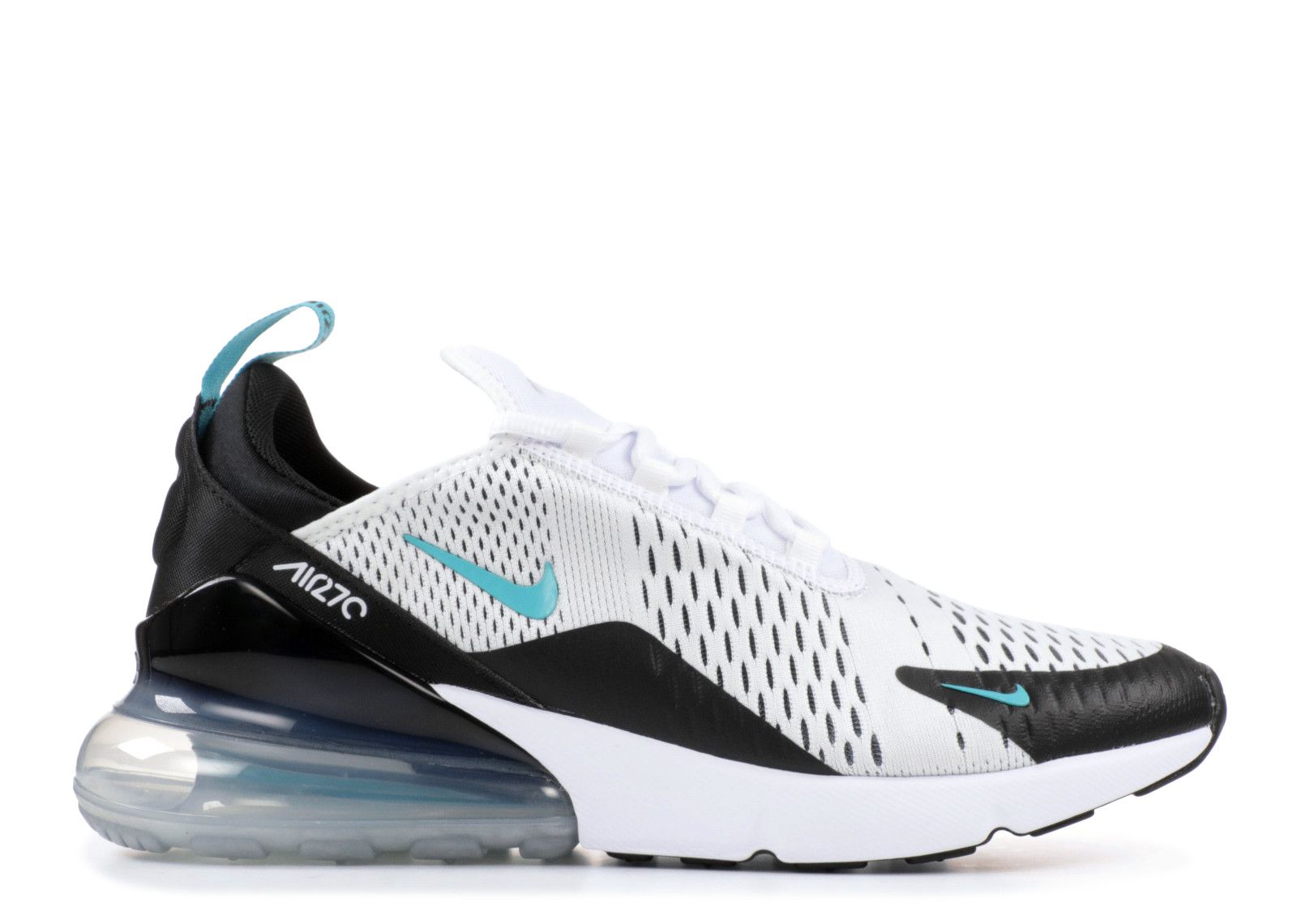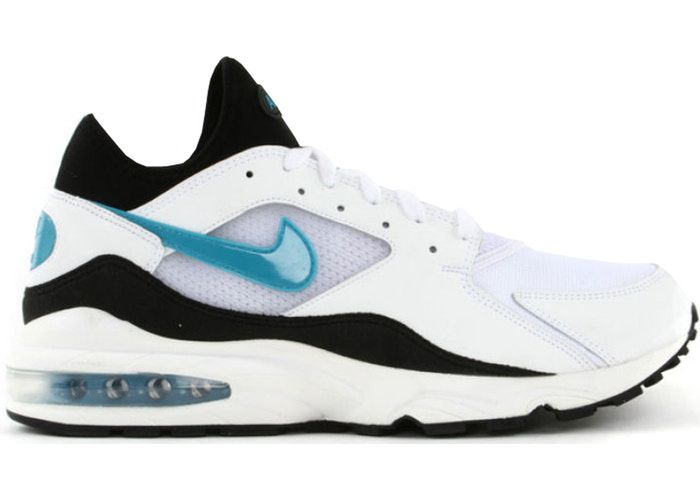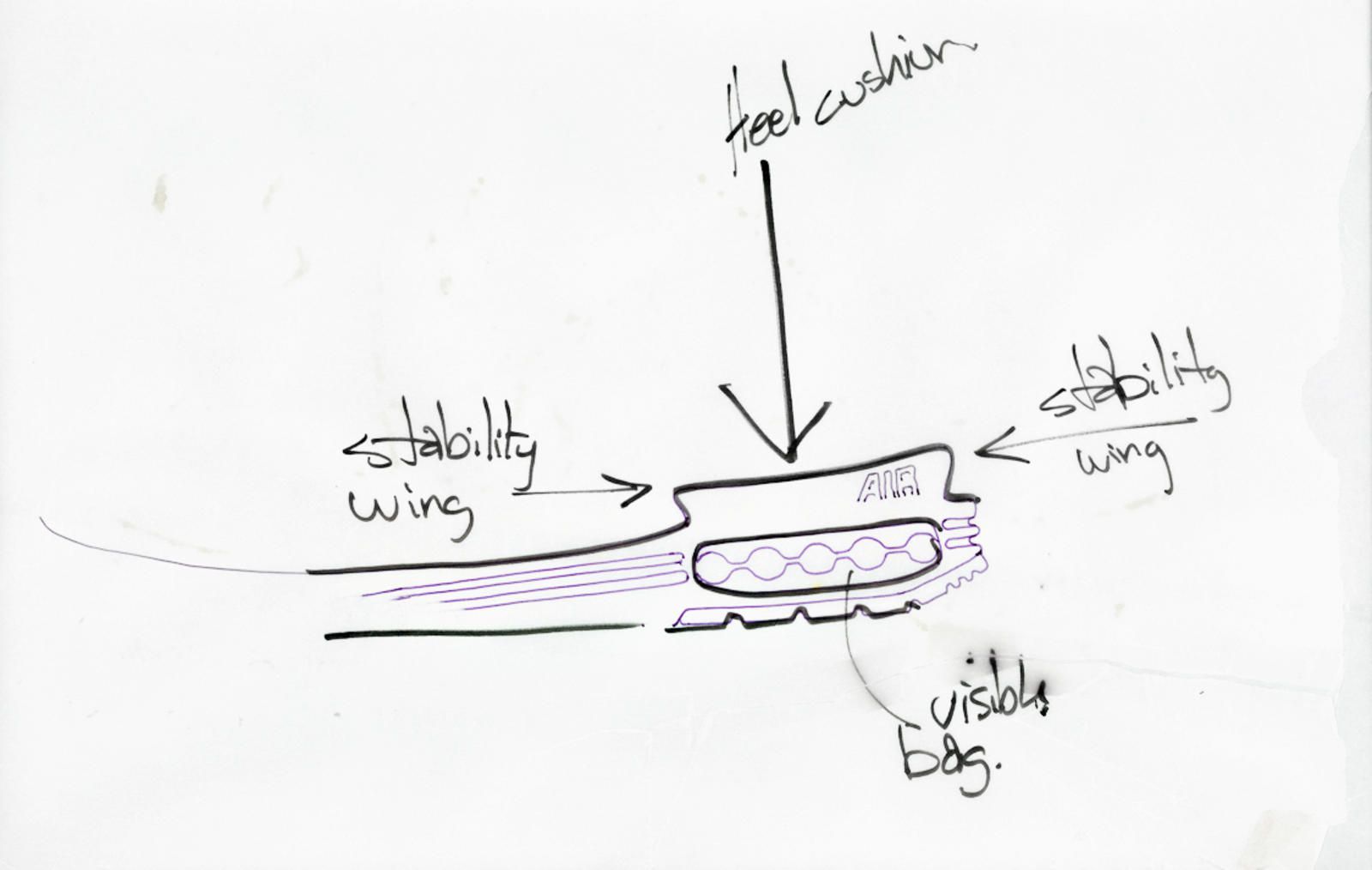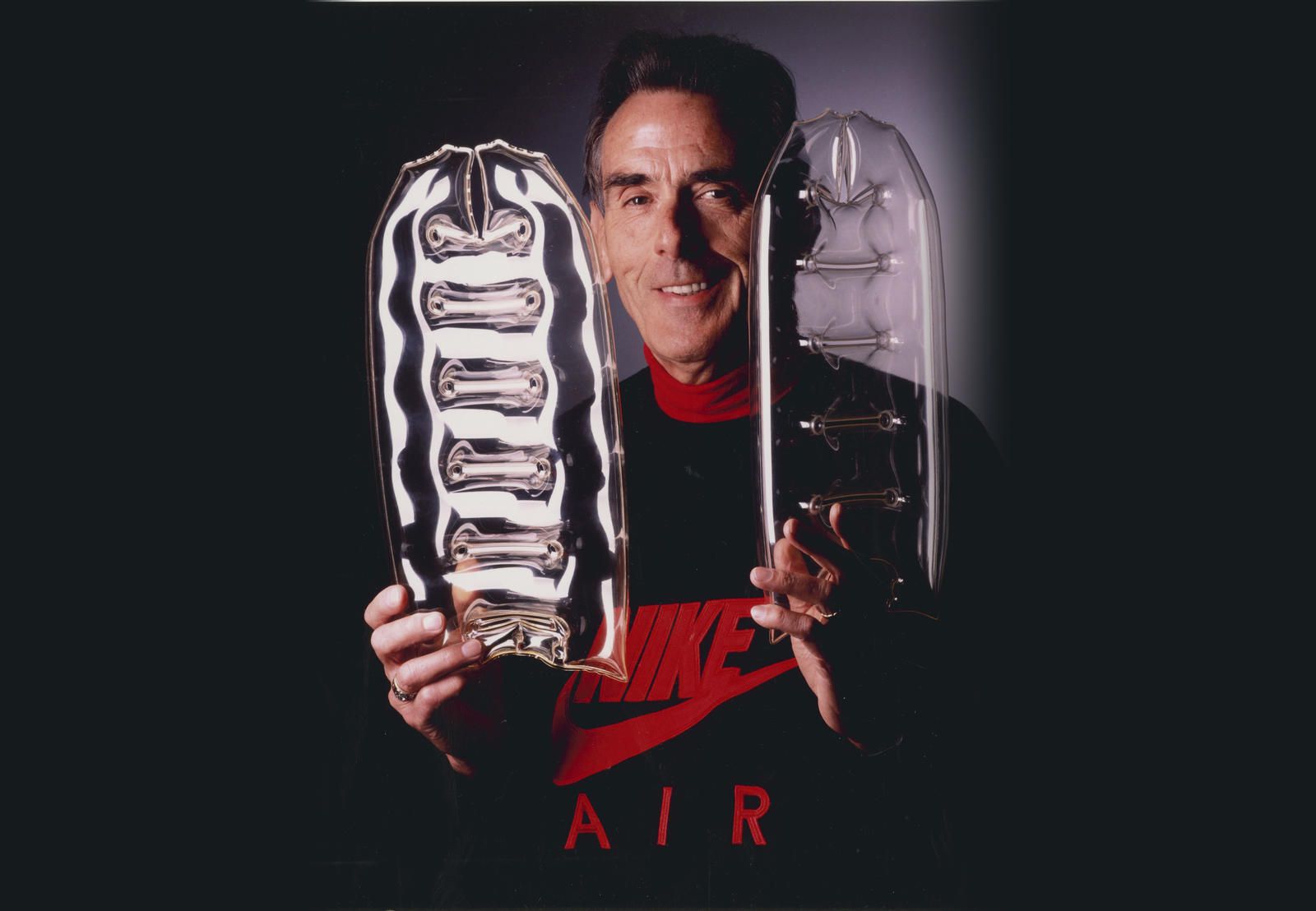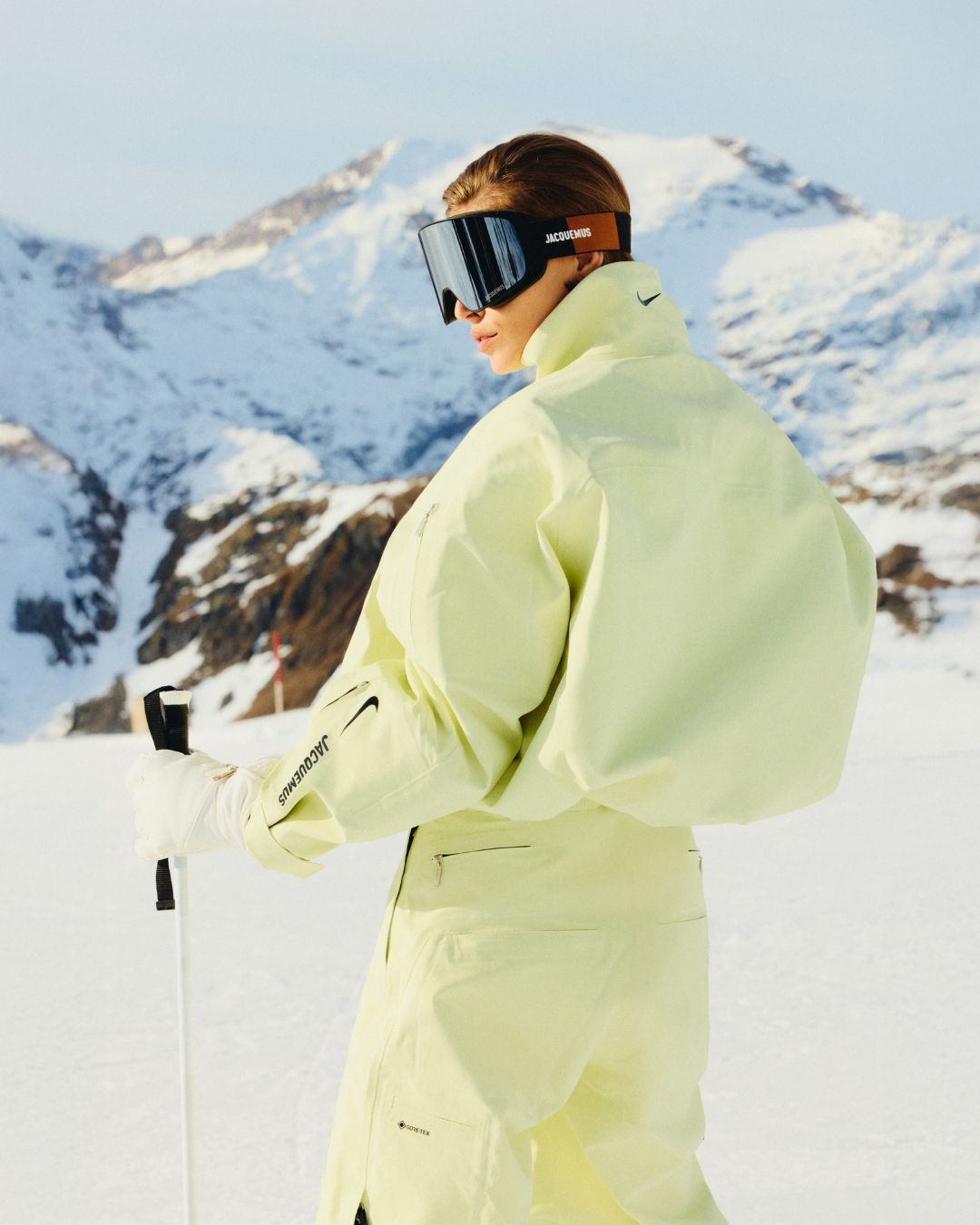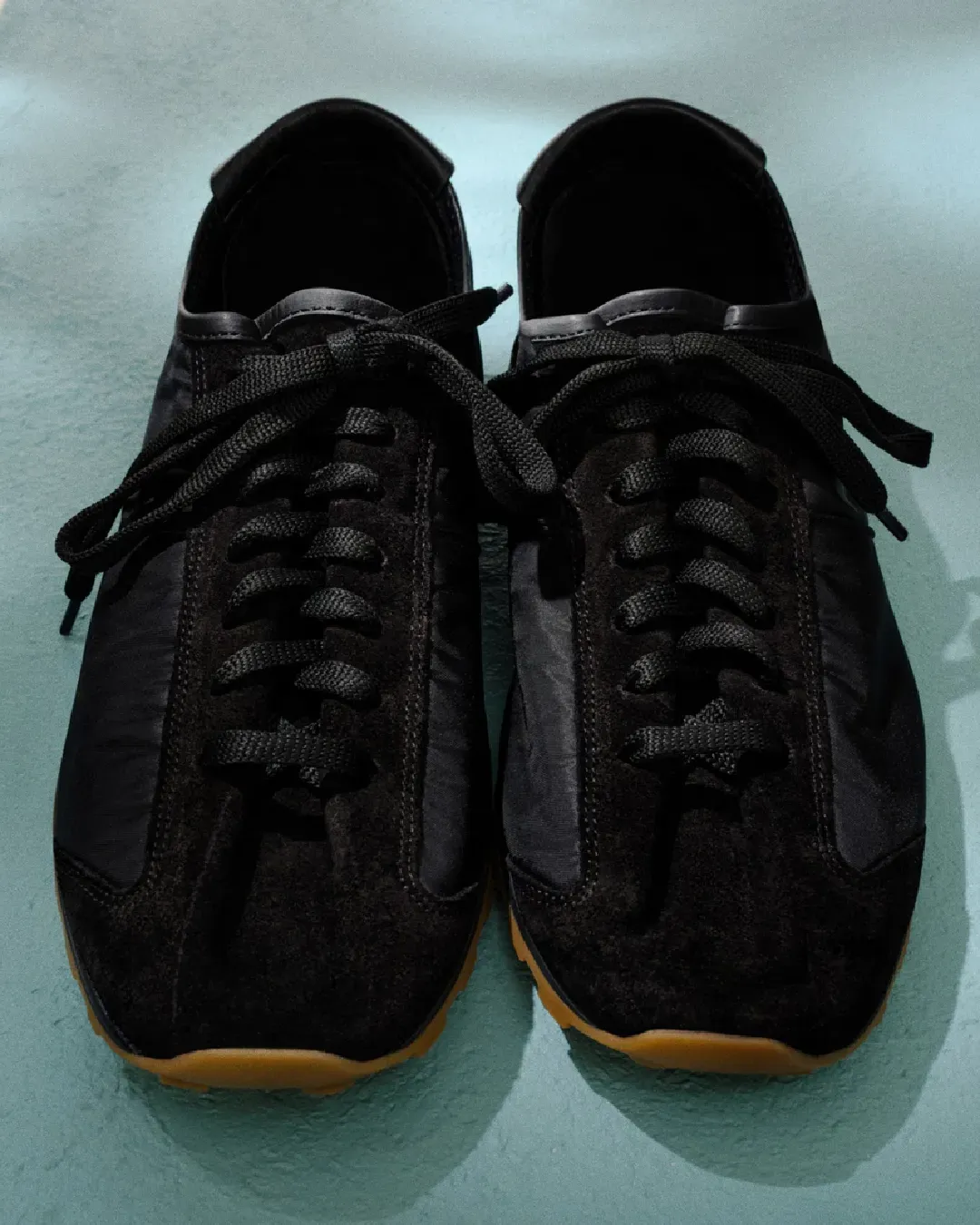
The evolution of Air Max The development of Air Max technology through the most significant models from 1987 to today
In view of Air Max Day 2019, we decided to take a journey through history.
We have put together the most significant Air Max models to trace the history of the most revolutionary technology ever applied to a shoe.
It all started in the late 1960s, when Marion Franklin "Frank" Rudy, an aerospace engineer that decided to leave his old job to pursue a new career. Frank was the man who had the intuition to place small air cushions in the soles of sneakers to soften the impact with the ground. He presented his invention to 23 companies that produced shoes, no one believed in the project that would have changed the world of sneakers, except for one man. Phil Knight, co-founder of Nike, who in 1977 decided to try on the experience of taking a run on the Beaverton campus with a shoe prototype with the new technology already applied. Once back in his office, Phil was convinced of the potential of the invention and from that day on, everything changed.
Then, to close an imaginary circle, came one of the most brilliant minds in the history of design, Tinker Hatfield (he had never before designed a shoe, he was an architect) and forever revolutionized the history of sneakers with the sketch of a visible Air unit by drawing the Air Max 1.
From then on, Nike has never stopped innovating and renewing itself and to celebrate the 2019 Air Max Day with dignity, here is the evolution of Air Max technology development from 1987 to today, through the most significant models.
AIR MAX 1 (1987)
The Beginning and the revolution. The beginning of everything, the idea and the realization that started the biggest revolution in the world of sneakers. David Forland - Director of Cushioning Innovation at Nike - developed, starting from Marion's original project Franklin Rudy, the first prototype of Air technology, and Tinker Hatfield designed the shoe after visiting and being inspired by the Pompidou Center in Paris.
AIR MAX 90 (1990)
In 1990, with the Air Max known as "Infrared", the challenge was to enable more air and make the cushioning better. It was a successful experiment. The Air Max 90 immediately became a cult classic and still is until today.
AIR MAX 180 (1991)
One of the most difficult challenges for Nike was being able to make the Air unit visible in 180°.
It was a difficult task by David Forland's own admission: "The Air Max 180 was one of the most difficult Air Max sneakers ever to be made". The innovative sneaker had 180° of cushioning visible under the midsole.
AIR MAX 93 (1993)
In 1993 a new evolution was introduced in the construction of the Blow molding Air-Sole. This innovation made the unit much more visible, reaching 270°.
AIR MAX 95 (1995)
One of the first sneakers to have the Air unit visible even in the front part of the sole. The design instead took its cue from the anatomy of the human body.
AIR MAX 97 (1997)
1997 was a year of great innovation. For the first time, a single Air-Sole made its debut: an Air unit that interconnected heel and forefoot.
AIR MAX PLUS (1999)
Nike began to think about different types of cushioning and in 1999 it applied the Tuned Air technology to the Air Max Plus. A new air dampening system that Nike would soon have siphoned with the Shox.
AIR MAX 360 (2006)
At Nike, they had been working for a long time on the possibility of completely eliminating the foam from the composition of the shoe and a Caged Air unit. In 2006 a thermoformed unit and a laser-pierced upper gave birth to the Air Max 360.
AIR FLYKNIT MAX (2014)
We could say, the old man who meets the new. A single Air Max unit that married the new Flyknit technology. The sneaker was a huge success.
AIR VAPORMAX (2017)
One of the most important innovations of this decade. An Air unit directly in contact with the ground, completely visible and able to function as a totally independent sole. The absence of foam on the inner sole of the shoe makes it elastic and flexible model with lighter, more consistent and long-lasting cushioning.
AIR MAX 270 (2018)
Inspired by the Air Max 180 and the "93", the 270 takes its name from the degrees of visible Air unit. Designed specifically to be worn every day by the Nike designer team led by Dylan Raasch - Senior Creative Director Nike Air Max - the shoe fits every type of foot.
AIR MAX 720 (2019)
The sneaker with the highest Air unit ever, 38mm. An Air unit visible in 360° both horizontally and vertically and is the first full-length lifestyle Air Max unit. The shoe is specially constructed from a technical point of view to make strides and not strides.










































